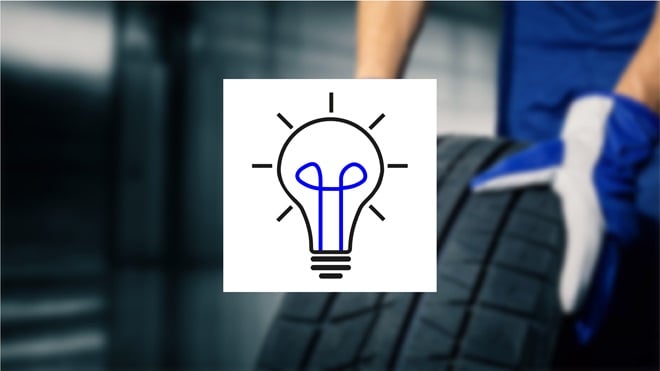Resource Highlights
These past few years have been the biggest change the aftermarket has faced for decades. Significant tailwinds resulting from regulatory shifts happening around the world, especially in the US, Europe & China. As governments continue to increase the limits placed on automotive emissions, OEMs are adjusting their future platforms, first to improve the efficiency of internal combustion engines, but also to include more electrification options.

Hybrid and electric vehicles

Gasoline direct injection

While electrification is certainly on the rise as OEMs struggle to meet increasingly stringent regulations, the internal combustion engine will be around for some time. Again, forecasts show that more than 80% of light vehicles still expected to have a combustion engine in 2030. IHS Markit forecasts that fuel-injection technology will continue to migrate from PFi to GDi. Gasoline Direct Injection or GDi systems are growing as light-duty vehicles shift away from declining light-duty diesel options. However, diesel continues to be the fuel solution of choice for commercial vehicles as well as premium light-duty applications.
Power Electronics
Modern high-end cars today already rely on 100 million lines of code and this will increase to 300 million lines by 2020. We all know that autonomous and connected vehicles are coming, but how will this change the demands placed on the Aftermarket? What new opportunities will they create? According to industry experts, half of the new vehicles sold globally in 2030 will be electrified in some way. That works out to be 50 million electrified vehicles a year. All those vehicles will need power electronics to be able to move, and the Aftermarket needs to move forward with the industry.
For Aftermarket businesses that embrace the change, with the right OE partner, the opportunities are substantial. That’s where we believe Delphi has real strength. The goal: to provide better business opportunities for you… and better owner experiences for the driver.












